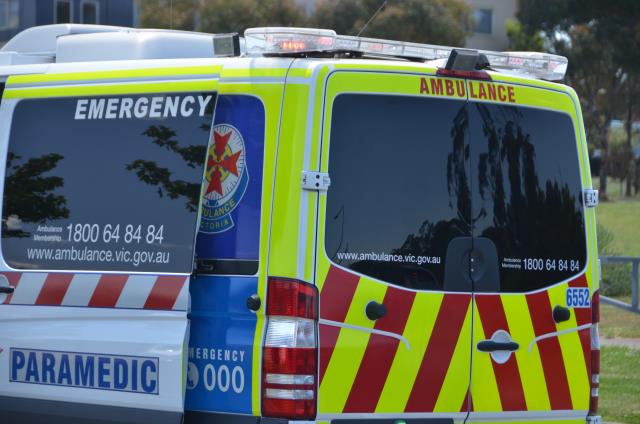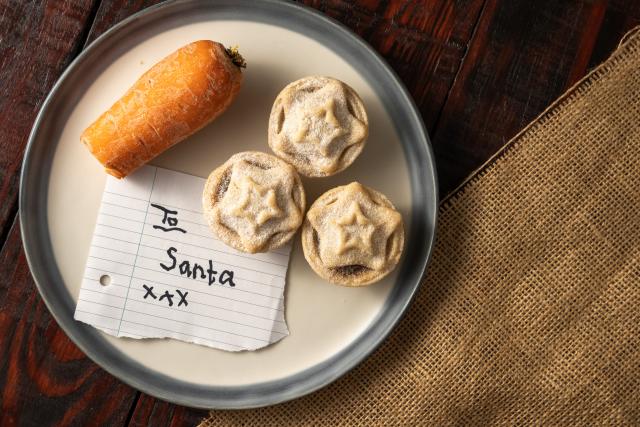Ambulance Victoria employees have reduced ambulance response times across Hume and Whittlesea, despite record demand for emergency medical services.
The average emergency response time for code one calls in Hume was 15 minutes and 41 seconds, which was an improvement from 16 minutes and 45 seconds in the previous quarter.
However, this was still slightly slower than the state-average response time of 15 minutes and 15 seconds.
The caseload in Hume has also increased by 27 per cent from the previous quarter, placing pressure on the system.
Cases in Hume make up 4.92 per cent of the statewide code one demand, making it the second busiest local government area in Victoria.
Whittlesea followed a similar trend to that of Hume, with both municipalities improving on their emergency response times.
Emergency response times in Whittlesea improved by four seconds from the previous quarter.
According to Ambulance Victoria, paramedics across Victoria were called to 93,234 code one cases between January and March this year, breaking the record set last quarter and making it the busiest period in Ambulance Victoria’s history.
Ambulance Victoria metro regional director Michael Georgiou said Ambulance Victoria had recruited 700 paramedics in 2021 to help respond to this demand, which was its single largest annual recruitment ever.
“This recruitment drive continues with 174 paramedics already on board so far this year to help get more ambulances on the road and to patients quicker,” Mr Georgiou said.
“And the Victorian government’s $35 million boost early this year has fast-tracked the recruitment of another 120 paramedics, who will all start their inductions with Ambulance Victoria in May.”
Mr Georgiou said the ongoing challenge of the Omicron variant and its impact on the availability of healthcare workers meant the health system remained under significant stress.
“We remain very busy, attending around 1800 to 2000 cases a day across Victoria, and ask community members to help us by saving triple-0 for emergencies,” Mr Georgiou said.
“While ambulances are always provided to patients when required, about one in five calls to triple-0 do not need an emergency ambulance response.”
According to Ambulance Victoria, a total of 45,382 callers statewide to triple-0 did not need an emergency ambulance between January and March.
Ambulance Victoria acting chief executive Libby Murphy said ambulance responses in the last quarter were impacted by the Omicron variant which affected staff availability and increased demand as restrictions were lifted.
“As part of a health system and our broader society, paramedics are not immune to COVID-19, with a peak of more than 500 paramedics sick, symptomatic or isolating in January. Today, we still have about 150 staff in isolation most days,” Ms Murphy said.







